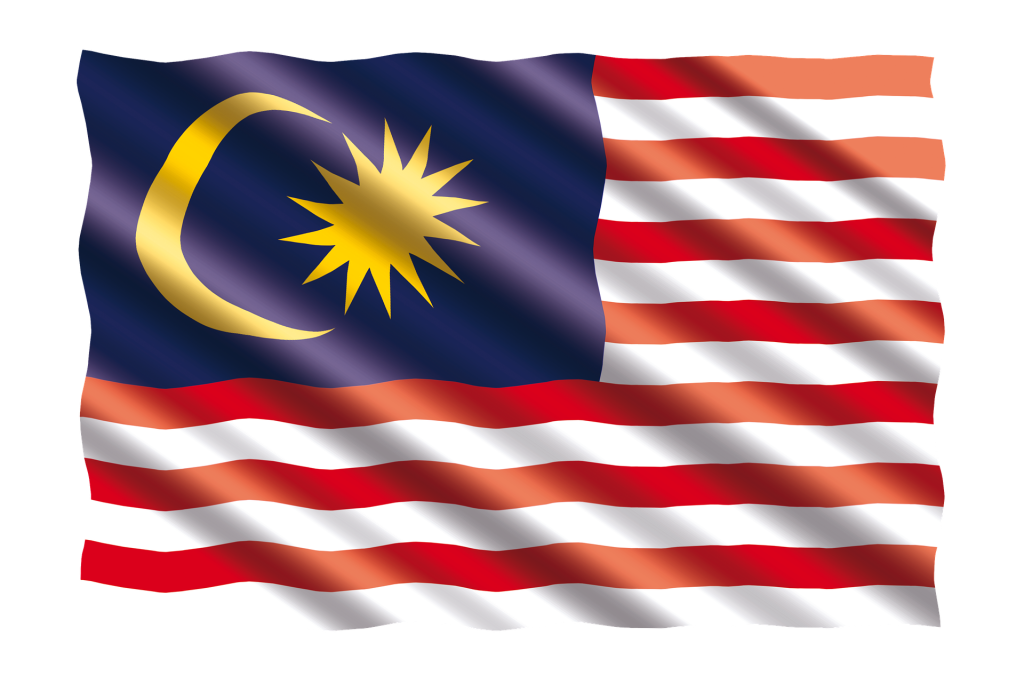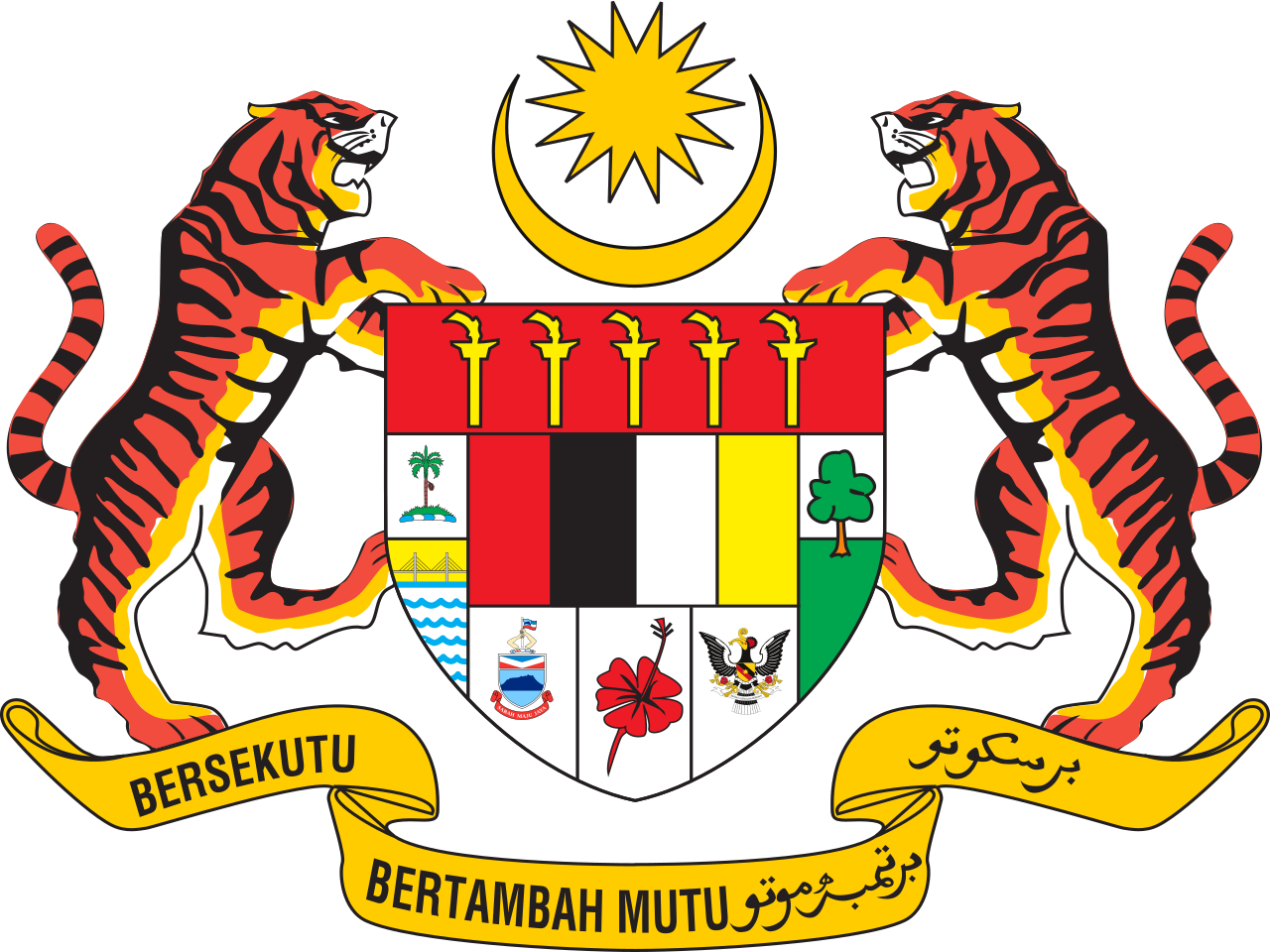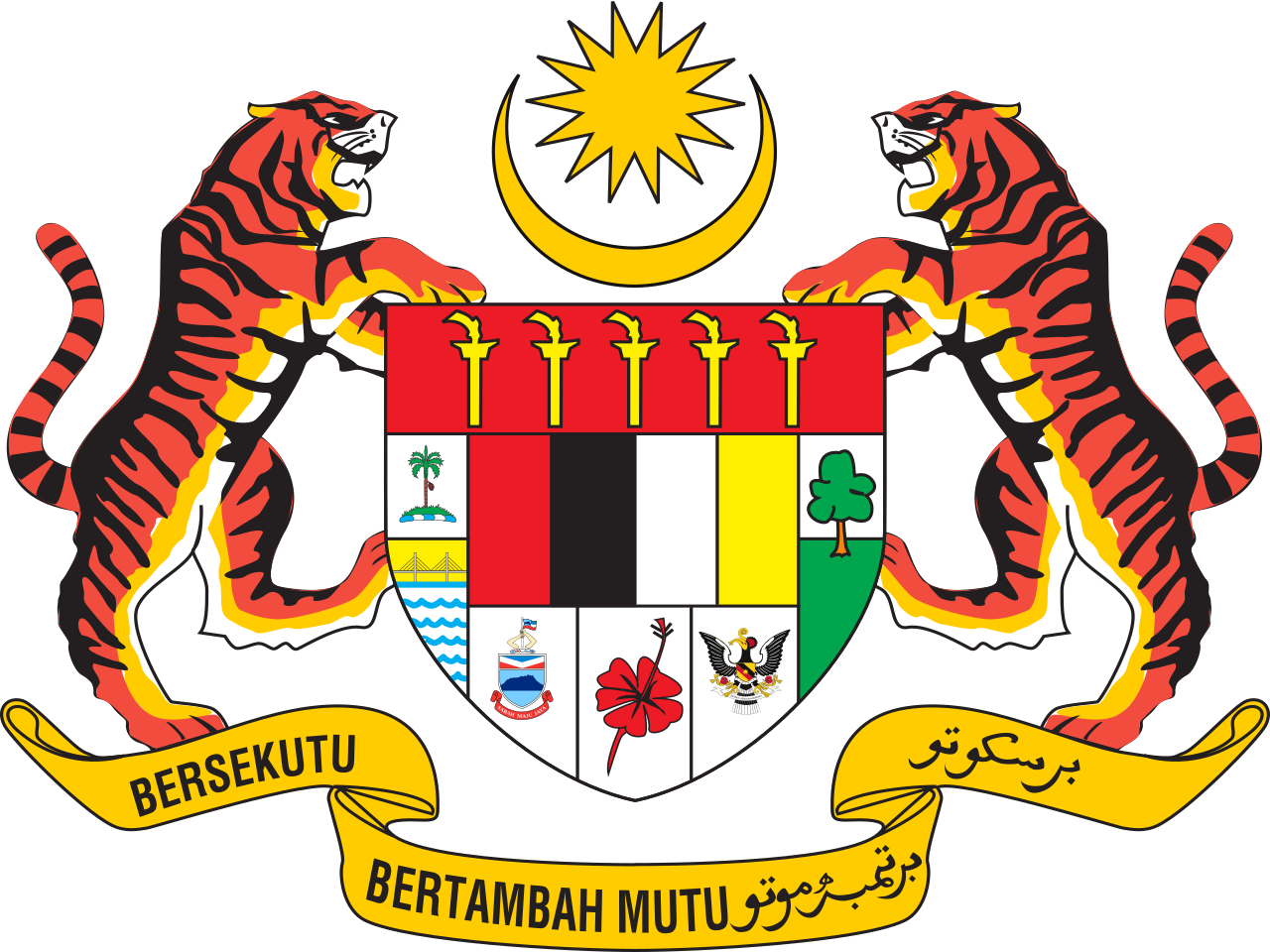Come to Bulgaria!
Sofia, the capital of Bulgaria, is also the largest city.
Sofia has a rich diversity of landmarks. You can dive in the history and enrich your cultural knowledge by exploring it and you can even ski during the winter season.
Some of the most remarkable places in the capital are the Alexander Nevski cathedral, King’s castle, the National theater, Sofia Central Mineral Baths, Central Sofia Market Hall, National Palace of Culture, Vitosha boulevard, Vitosha National Park and Banya Bashi Masjid.
Varna is the third-largest city in Bulgaria and the largest seaside resort on the Bulgarian Black Sea Coast.
Situated strategically in the Gulf of Varna, the city has been a major economic, social and cultural centre. Historically known as Odesos, Varna developed from a Thracian seaside settlement to a major seaport on the Black Sea.
Plovdiv is the second-largest city in Bulgaria.
Plovdiv is a cultural hub and was the European Capital of Culture in 2019.
The city is an important economic, transport, cultural, and educational centre.
Plovdiv joined the UNESCO Global Network of Learning Cities in 2016.
The National theatre “Ivan Vazov” is a national cultural institute in the field of theatrical art in Sofia.
The beginning of its history is considered the order of the Ministry of Public Education then led by doc. Ivan Shishman from 1904.
Since the spring the same year the name became Bulgarian National theatre. Today the official name is National theater “Ivan Vazov”.
The National Palace of culture, NDK is a national cultural centre in Sofia hosting conferences, exhibitions, concerts and special events. Its is the largest congress centre in South-Eastern Europe.
In July 2005 the International Association of Convention Centres (AIPC) awarded NDK their annual AIPC Apex Award in recognition of the highest client rating.
Vitosha National park is the first Nature Park in Bulgaria and on the Balkans. On 27.10.1934 with the active participation of the Bulgarian conservation community, part of the Vitosha mountain has been announced for National Park.
Around 60% of the mountain is covered by forests.
The Seven Rila Lakes are a group of lakes, located in the Rila mountain. They are the most visited by tourists lake groups in Bulgaria and are one of the hundred National Tourist places. With time, small waterfalls have formed because if the flowing waters.
The first three lakes – “The Tear”, “the Eye” and “the Kidney” each individually flow into “the Twin”, from which the water passes alternately through “the Trilistnik”, “the Fish lake” and “the Lower Lake”.
Visiting the lakes could also involve the use of a lift. During the lift ride you can enjoy an amazing view and take pictures to commemorate the moment.
The Rose Valley is an area in Bulgaria located south of the Balkan Mountains and north of Sеrnena Sredna Gora, which received its name in the middle of the 19th century from the traditions in the cultivation of oil-bearing rose. In the Valley of roses every year in the first days of June is celebrated the Feast of the Rose. In the town of Kazanlak, considered the capital of the Rose Valley, the historical and ethnographic complex “Kulata” is built, where tourists can observe traditional pink red and taste the products with the oil-bearing rose. There is also the specialized Rose Museum.
Raysko Praskalo waterfall is the highest permanent waterfall in Bulgaria and even on the Balkans. It is located in Stara Planina mountain.
On the territory is the nature reserve “Dzhendema”, part of the Central Balkan National Park.
It is formed from the waters of the Praskalska River, coming from the eternal glacier, located under Peak Botev, which doesn’t melt completely even during summer season.
It was declared a protected natural site in 1965.
Prohodna Cave is one of the most famous caves located near the village of Karlukovo. It is easily accessible and has the longest cave tunnel in Bulgaria – 365 meters in lenght. It is naturally illuminated, since in its middle hall, due to erosion, the ceiling is pierced by the permeable waters, forming a phenomenon named Eyes of God – two identical in size eye-shaped holes.
Located in the heart of the Balkans, Bulgaria offers incredible landscapes – from the majestic peaks of Rila and Pirin to the peaceful paths of the Rhodopes and Stara Planina. Walk among ancient forests, crystal clear lakes and picturesque villages as you explore this enchanting country. Whether you are an advanced adventurer or just a nature lover, the well-marked routes and organized trips in Bulgaria offer an unforgettable experience for everybody.
Experience the ultimate skiing adventure in Bulgaria, a hidden gem for winter sports enthusiasts. With its snow-capped peaks and modern resorts, Bulgaria offers an array of skiing opportunities for all skill levels and age groups. Head to the renowned Bansko, Borovets, and Pamporovo resorts, where you’ll find well-groomed slopes, state-of-the-art facilities, and breathtaking alpine scenery. Whether you’re a beginner looking to learn or an expert seeking challenges, Bulgaria’s ski resorts provide excellent conditions, vibrant après-ski scenes, and affordable prices. Discover the thrill of skiing in Bulgaria and enjoy a winter wonderland like no other.
Embark on an unforgettable horse riding adventure in the majestic mountains of Bulgaria. Explore the picturesque trails of the Rila, Pirin, and Rhodope ranges on horseback, where stunning vistas and untouched nature await. Whether you’re an experienced rider or a beginner, Bulgaria offers guided rides and riding schools to cater to all levels. Ride through lush forests, across rolling meadows, and past crystal-clear streams, immersing yourself in the beauty of the Bulgarian countryside. Horse riding in Bulgaria’s mountains promises a unique way to connect with nature.
Tarator is a type of cold yogurt soup, traditional for Bulgarian cuisine. Simple and very refreshing in the summer season.
It is prepared by combining yogurt, water, finely chopped or grated cucumber, oil or olive oil, salt, dill and garlic, which are mixed and stirred.
Banitsa is a staple pastry in Bulgarian cuisine.
It is prepared by layering sheets of thin dough, with a filling of eggs, yogurt and white Bulgarian cheese.
The sheets layered with filling are rolled up, arranged in a tray and baked until golden and crispy.
Banitsa is often enjoyed as a breakfast dish, snack, or even a main course, and it holds a special place in Bulgarian culture, often being prepared for festive occasions and holidays. Variations of baniţsa can include additional ingredients such as spinach, leeks, rice, or pumpkin, depending on regional preferences and traditions.
Sarmi or stuffed cabbage rolls are meat or veggie stuffing wrapped in vine or cabbage leaves.
Sarmi, known under different names, are part of the national cuisine of many European and Asian nations.
CONTACT FORM




